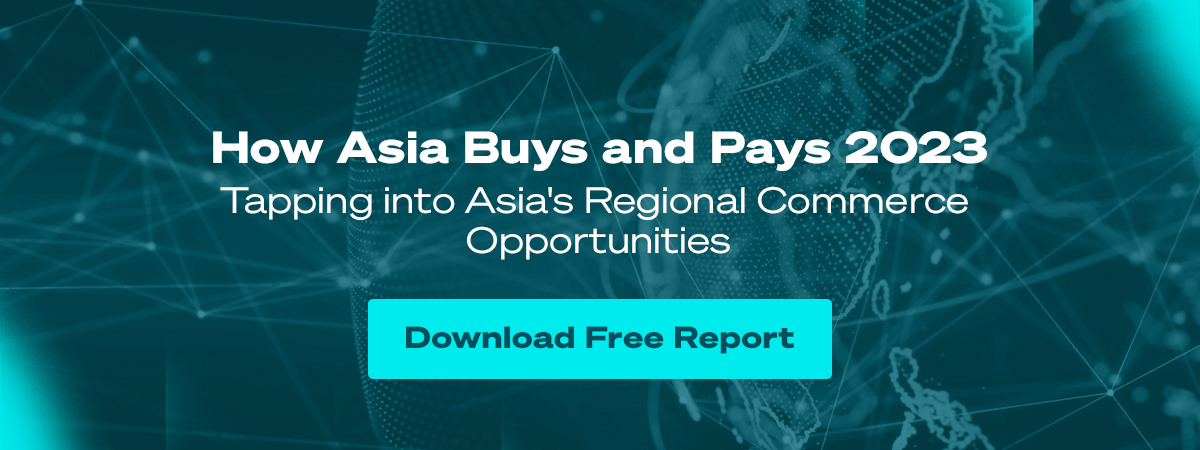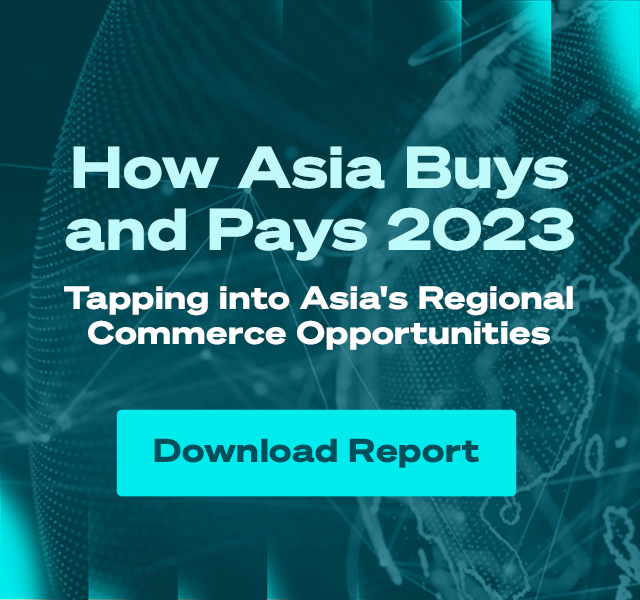
Philippines: Payments Landscape
by Peter Cruz, Director (Philippines) of 2C2P
The Philippines is emerging as one of the most dynamic markets in the world thanks to a young, urban and tech-savvy population that boasts more English speakers than the United Kingdom.
Recently named by US News as the 11th best place to invest ahead of the United States and Australia, the Philippines’ unique mix of high tech adoption and low financial inclusion presents an attractive market opportunity for the growing number of fintech companies and investors.
Filipinos were quick to embrace new technology and now spend more time online than any other nation. But it's been a different story for finance. Only 30% of adults have a bank account in this sprawling archipelago of 110 million people, making the Philippines the fourth-most unbanked country in the world.
Today, more than 190 fintech companies are working to bridge this gap between technology and finance. Many are startups. Last year, the leading global research group Startup Genome ranked Manila among their top 40 startup cities alongside Houston and Xiamen.
Together with a tech-friendly central bank, this thriving fintech scene is nudging the country ever closer toward two very ambitious goals that have been set for 2023, when the government wants 70% of adults to have a bank account, and 50% of all payments to be digital instead of cash.
Cashing Out
They have some work to do. Cash is still king in the Philippines, used for over 80% of retail purchases. But the government’s push to improve the speed, efficiency and affordability of payments is causing digital alternatives to expand quickly.
The central bank kicked off this digital transition a few years ago when it helped launch two electronic payments systems. PESONet was established to replace the use of checks in governments and businesses, while InstaPay was set up to replace smaller cash transactions made by individuals.
The steady success of both of these services has soared during the pandemic as people accelerate their transition toward touchless payments.
In February, the number of combined transactions via PESONet and InstaPay rose 348% from the previous year, while the value of those transactions increased 170%.
The merchants
Building on its success with PESONet and InstaPay, the government is now turning to the biggest source of payments in the Philippines - the money paid to merchants, which accounts for more than 70% of all transactions.
Here the central bank is teaming up with banks and digital payments companies to introduce QR Ph, which enables consumers to use their phones to scan a merchant’s QR code and make payment instantly.
Most merchants are small and medium-sized enterprises, and just 15% currently have the capability to accept digital payments. But a limited rollout has been so successful, with even the country’s iconic Jeepney taxis getting involved, that QR Ph will be expanded nationwide in the second half of this year.
The market today
Digital payments have grown leaps and bounds since 2015 when it accounted for only 1% of all transactions in the Philippines.
At the end of 2019, this share had jumped to 14%, before increasing again to 17% in mid-2020 as the pandemic sped up the transition from cash to contactless payments. The shift in consumer behavior is triggering rapid change in the payments sector, with the country’s leading digital wallet recently reporting that it has 33 million users, equal to almost a third of the country’s population and up from 20 million in 2019.
E-commerce is breaking records as well. For the first time ever, digital payments accounted for half of e-commerce transactions, up from just 30% before the pandemic.
And this growth is expected to continue as the government pursues its vision of digitizing half of all payments within the next 2 years.
And from the bottom-up, 88% of Filipinos who still use cash have indicated that they would like to switch to digital transactions in this recent survey. It’s clear that digital payments are here to stay in the Philippines. The question is, is your business prepared to cater to the increasing demand?
About 2C2P
2C2P is a full-suite payments platform helping businesses securely accept payments across online, mobile and offline channels, as well as providing issuing, payout, remittance and digital goods services.
With over 250 payment options ranging from credit cards to mobile wallets and an alternative payments network of more than 400,000 physical locations, 2C2P is the preferred payments platform of tech giants, airlines, online marketplaces, retailers and other global enterprises.
Want to go further in the Philippines? Our friendly team is ready to help - talk to us today.

